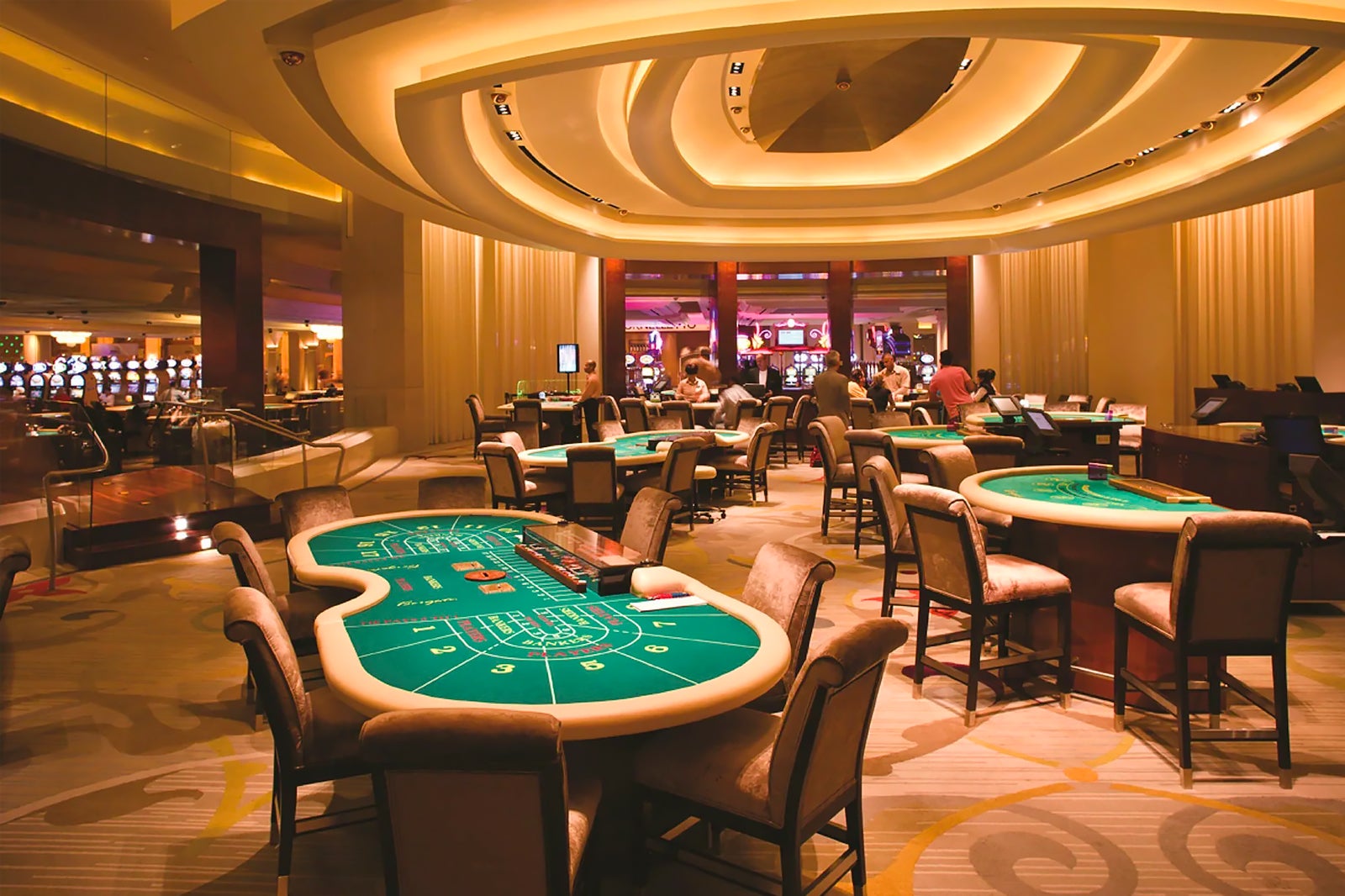
Within a vibrant and stimulating world of gaming establishments, where luck and tactics intertwine, color and aesthetic play a critical role in drawing in players. Casino Thabet From the moment visitors step into a casino or access a gaming platform, they are immersed in a sightly feast that captures their attention and entices them to explore more. Vivid colors, engaging graphics, and innovative layouts are meticulously crafted to create an environment of excitement and expectation, ultimately enhancing the gaming encounter.
While gamblers navigate through the dynamic landscape of casino games, they encounter a range of designs that not only serve aesthetic purposes but also influence emotions and choices. Hues like scarlet and gold symbolize wealth and luck, while calm navy and greens can create a much tranquil environment. Understanding how these elements work together allows casinos to create an inviting and stimulating atmosphere that encourages players to interact with the games, spend additional time at the tables, and boost their overall enjoyment.
The Study of Hue in Casino Games
Color plays a key role in the design of casino games, shaping players’ feelings and responses. Vivid and vibrant colors, such as crimson and amber, are often used to incite excitement and draw notice. These hues create a sense of immediacy and energy, encouraging participants to involve themselves more enthusiastically with the activity. By intentionally selecting hues, developers aim to evoke emotions of satisfaction and anticipation, which can enhance the total player experience.
Different colors also have psychological associations that can influence how gamblers perceive their possibilities of victory. For instance, lime is commonly associated with good fortune and prosperity, making it a well-liked choice in games like the roulette wheel and poker games. https://thabet.bayern/ This connection can lead players to feel more positive and confident in their gameplay, ultimately encouraging them to stake more. Comprehending these links allows game creators to craft environments that enhance player satisfaction and engagement.
Furthermore, the design of gaming interfaces often uses blended colors and differing hues to direct players’ responses. For example, winning combinations may be emphasized with striking, opposing shades, creating a visual incentive. This approach reinforces positive outcomes and encourages repeated gameplay. By exploiting color psychology, casinos can design activities that not only draw gamblers but also maintain them engaged and invested in their play experience.
Creative Elements that Attract Gamers
The visual appeal of casino games is primarily influenced by the use of vibrant colors. Bright and striking colors are strategically chosen to create an inviting atmosphere that grabs interest. For instance, crimson and golds often signify luck and prosperity, which is why they are prevalent in the palettes of slot machines and table surfaces. These colors not only draw players in, but they also stir emotions related to thrill and anticipation, enhancing the total gaming experience.
In parallel to color, the aesthetic and organization of gambling games play a significant role in captivating players. Games are designed to be user-friendly, ensuring that players can easily understand the rules and gameplay. Accessible interfaces, along with captivating graphics and animations, help maintain player interest and promote longer play sessions. The physical elements, such as the feel of the controls and the audio of the games, also contribute to a holistic sensory experience that keeps players engaged.
Finally, conceptual elements in gaming design can significantly influence player choice. Many casino games are inspired by media, fairy tales, or exploration motifs, incorporating symbols and characters that resonate with players. These themes create a sense of engagement and relatability, making each game feel unique. When players feel a bond to the theme, they are more likely to opt for that game over others, leading to increased participation and excitement within the casino environment.
Case Studies: Notable Gambling Slot Designs
One key example of successful gambling game design is the well-known slot machine series based around blockbuster movies. Games such as those based on the Wizard of Oz and Game of thrones utilize dynamic colors and top-notch graphics to engage players in recognizable narratives. The use of moving visuals and captivating sound effects grabs the interest of players, establishing an psychological connection to the theme. This tactic not just encourages longer play but also boosts the overall gaming experience, yielding increased player retention.
Another effective case is the use of the psychology of color in table games like 21 and roulette. Casinos often develop these games with rich reds and greens, colors traditionally associated with luck and wealth. For instance, the emerald felt on a 21 table provides a relaxing effect, while the crimson accents in roulette invite anticipation. This intentional use of color helps to create an inviting atmosphere that stimulates players to participate, satisfying their psychological impulses and boosting their enjoyment.
Finally, online casino games that feature community features and vivid, dynamic designs have achieved remarkable success in engaging players. Games like Zynga’s Poker and Slot-O-Mania leverage striking colors and playful animations to establish an inviting online environment. The integration of leaderboards, social sharing options, and in-game rewards promotes competition and community, attracting players in for longer sessions. Such designs not just make the games visually appealing but also underscore community engagement, a key factor in player retention and engagement within online casino environments.